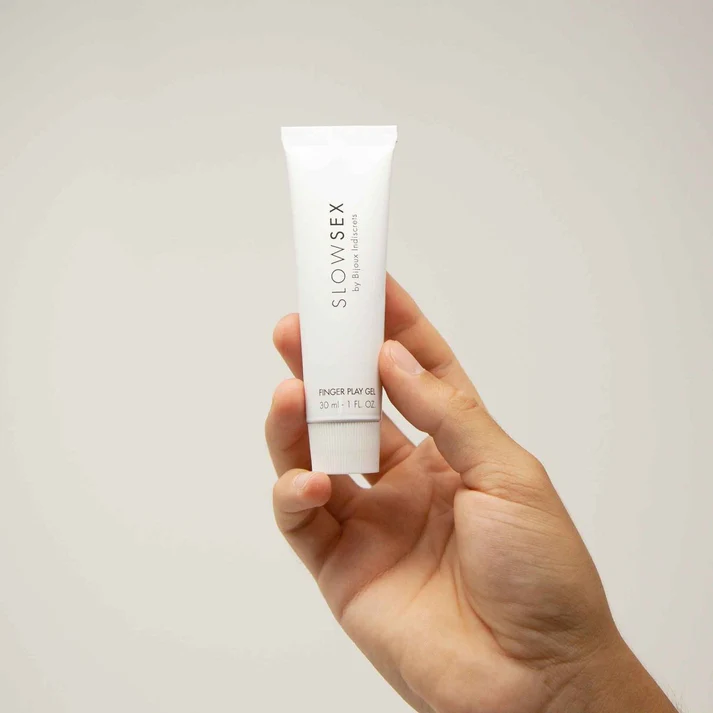Do you ever fake orgasms? Use lubricant? Or avoid physical touch from your partner?
These are examples of sexual safety behaviors (SSBs)—strategies people use to prevent judgment or discomfort in the bedroom. They are often developed to cope with fears or anxieties related to sexual experiences.
While these tactics might work in the short term, over time they may fuel ongoing sexual issues.
A study published in the Journal of Sex & Marital Therapy explores the influence of women’s SSBs on their sexual functioning. By better understanding these behaviors, researchers hope to improve current sexual therapy approaches, especially within cognitive-behavioral therapy.
Studying sexual safety behaviors
To further knowledge on the connection between SSBs and sexual dysfunctions, Rebekka Schwesig, M.Sc., and colleagues surveyed hundreds of women.
A total of 923 German women completed the female version of the 31-question Questionnaire on Behaviors Before and During Sexual Activities (QBSA). Researchers validated the QBSA using half of the sample to ensure its accuracy and reliability.
In addition, respondents were provided with an open-ended question to capture more insights into their sexual safety behaviors. They were also asked about sexual dysfunctions, anxiety, depression, history of sexual abuse, relationship quality, and body acceptance.
In assessing sexual impairment, researchers measured conditions such as lack of sexual desire, difficulty achieving orgasm, and pain during sex. Respondents were then placed into one of three groups: women with sexual dysfunctions, women with sexual problems but not clinically significant impairment, and women without impairment.
A closer look at sexual safety behaviors

Most women (94%) reported using some form of sexual safety behavior.
The study identified SSBs related to thought control, as well as cognitive and behavioral avoidance. The open-ended responses uncovered additional behaviors, such as intense personal hygiene, emptying the bladder, taking medication, and avoiding food before sex.
Not only were SSBs common, they were also linked to lower sexual functioning and increased negative thoughts, depression, and anxiety.
On the other hand, sexual abuse history, body acceptance, relationship quality, and lubricant use were only weakly related to sexual dysfunction.
Controlling thoughts
The most reported SSBs were related to thought control. They included:
- Attempting to block out disturbing thoughts and images.
- Making a deliberate effort to think positively before or during sexual activity.
- Thinking of stimulating things to increase pleasure or arousal.
Avoidance
In contrast, SSBs involving cognitive and behavioral avoidance were reported less frequently. They included:
- Starting fights to avoid sexual intercourse.
- Not wanting to be touched in the genital area by partner for fear of pain.
- Telling partners beforehand sexual intercourse will not be good to lower their own stress.
Women with high body acceptance and better quality relationships were less likely to engage in cognitive and behavioral avoidance.
Identifying sexual dysfunction
Certain SSBs were most effective in distinguishing women with sexual dysfunctions. They included:
- Avoiding sexual contact.
- Avoiding physical touch or tenderness that might lead to sexual intercourse.
- Rushing through sex to get it over with.
- Blocking thoughts about problems during.
- Faking fun and excitement to avoid disappointing or annoying a partner.
The least effective SSBs for identifying sexual dysfunctions were:
- Starting fights to avoid sexual intercourse.
- Stimulating oneself before sexual activity to be aroused enough during sexual activity.
- Thinking of stimulating things to increase pleasure or arousal.
Sexual therapy potential

Unlocking how SSBs shape women’s lives could pave the way for more effective and personalized sex therapy.
The study found that SSBs significantly predict sexual dysfunctions in women, even when considering anxiety and depression. While these behaviors were prevalent among women, avoiding touch, sex, and rushing sex best differentiated those with sexual dysfunctions.

To improve sexual therapy programs, researchers recommend therapists work with patients to differentiate between functional coping strategies and dysfunctional SSBs.
“What may be classified as maladaptive safety behavior in one woman may represent adaptive coping behavior in another,” wrote the authors.
“For example, while the use of lubrication can be a (dysfunctional) safety behavior if a woman gets sufficiently wet, it can be a functional coping mechanism in a woman experiencing vaginal dryness.”
Further treatment-focused research on SSBs is essential, especially regarding their relevance to different types of sexual dysfunctions.
Such studies have the potential to enhance people’s sexual and mental wellbeing through tailored cognitive-behavioral therapy.



